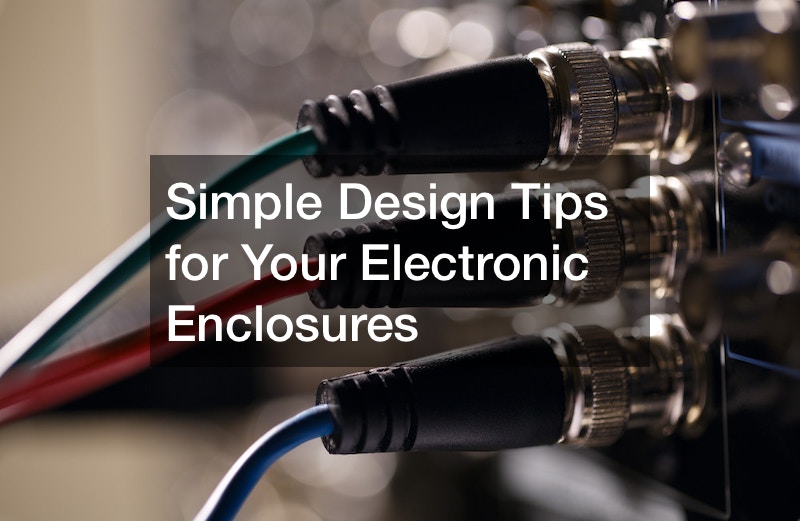Simple Design Tips for Your Electronic Enclosures


When designing electronic enclosures, simplicity is key. Keep these tips in mind to create functional and aesthetically pleasing enclosures.
- Prioritize Functionality: Start by defining the purpose of your electronic enclosures. Ensure that it accommodates the components and allows for proper ventilation, cable management, and easy access.
- Material Selection: Choose materials that suit your project’s requirements. Plastics, metals, or composites offer various benefits, such as durability, conductivity, and resistance to environmental factors.
- Consider Ergonomics: Make sure the case is comfortable to handle, with thoughtfully placed openings and buttons.
- Optimize Layout: Organize internal components logically to help minimize interference and ease maintenance. Group related parts and use custom PCBs for a compact design.
- Ventilation and Cooling: Prevent overheating by incorporating ventilation holes or fans. Ensure proper airflow to maintain the internal temperature.
- Sealing and Protection: Employ gaskets or IP-rated cases for added protection in harsh environments.
- Cable Management: Tidy wiring reduces clutter and eases troubleshooting. Use cable clips to keep cables organized.
- Aesthetic Appeal: Use symmetry, simple shapes, and a limited color palette for a visually pleasing design.
- Labeling and Branding: Clearly label ports and controls. Add your brand logo or information discreetly for a professional touch.
- Modularity: Consider modularity for scalability and maintenance. Easily replace or upgrade components without redesigning the entire case.
- Accessibility: Incorporate removable panels or hinged enclosures for easy access.
- Compliance: Keep regulations and standards in mind to avoid potential legal issues. Ensure your design adheres to safety and quality requirements.
.



